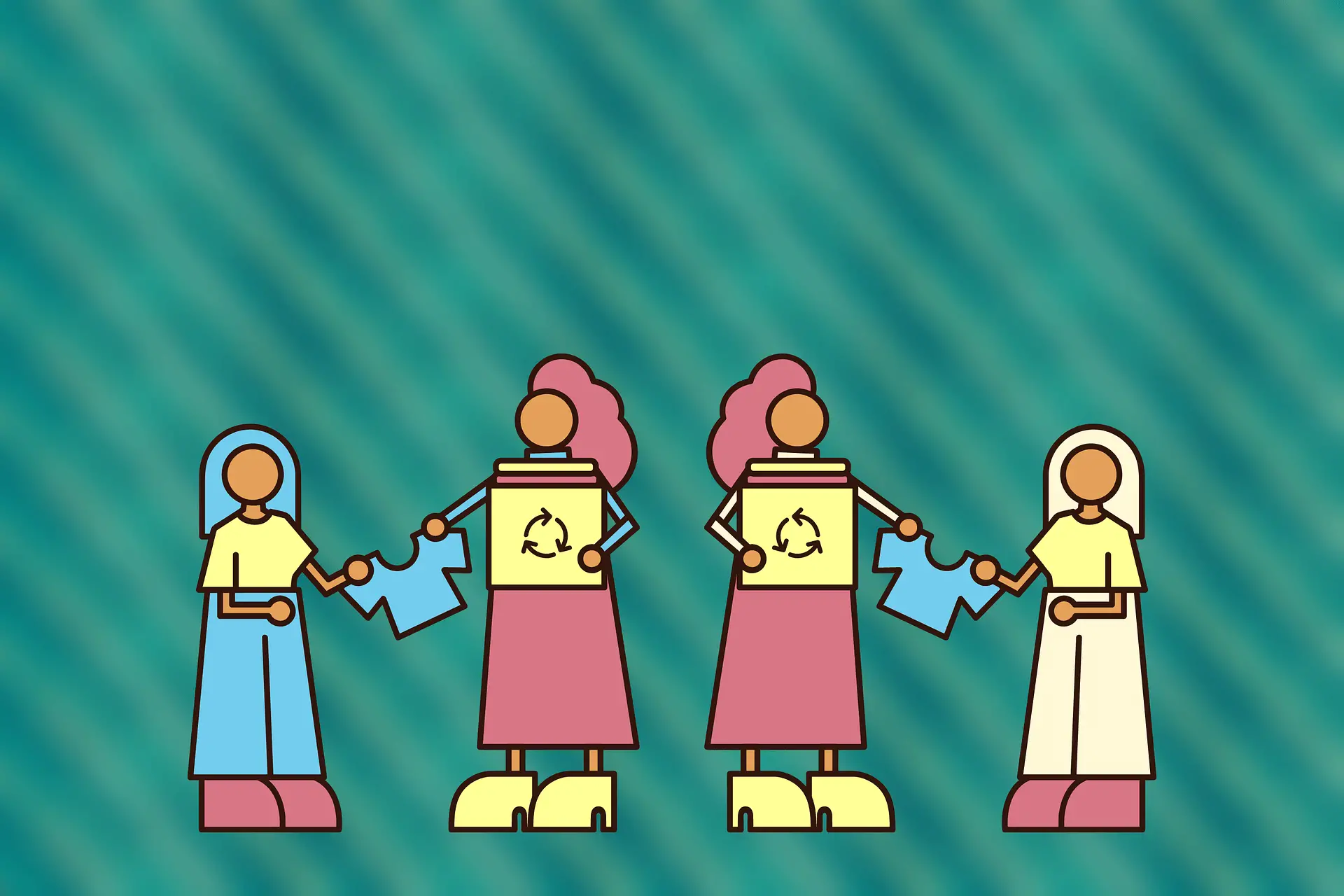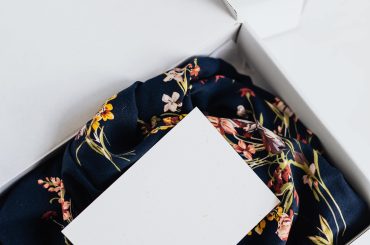Contents
It has been a while since the start of sustainable teen fashion.
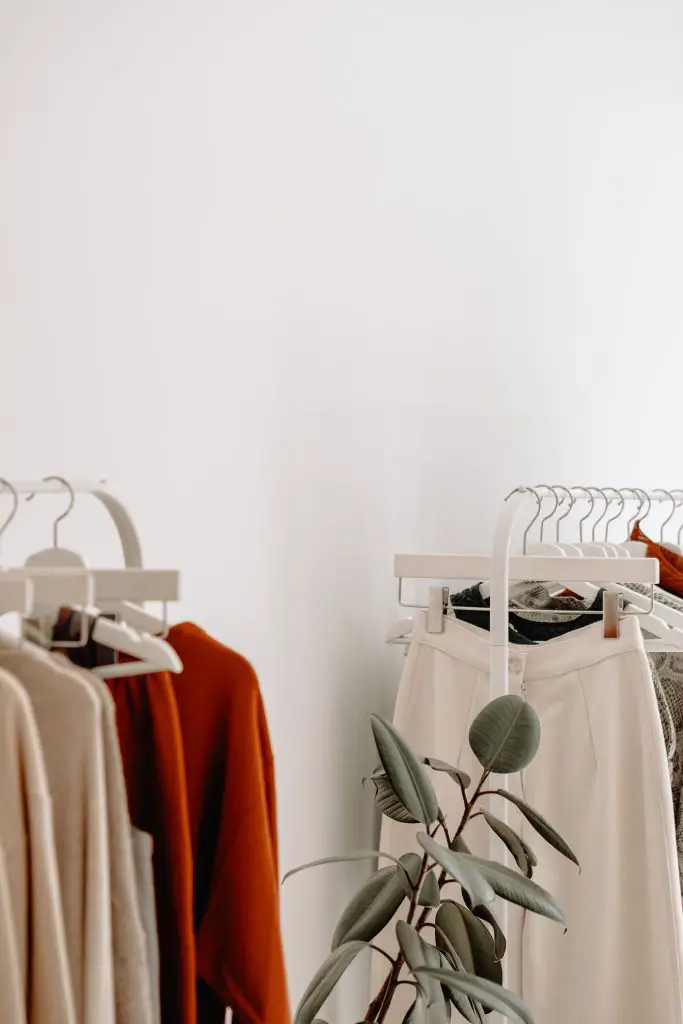
It is a decisive junction in the world fashion industry to move from conservative to eco-friendly materials. The rise of global warming and other environmental discussions are becoming the talk of the town; it has put immense pressure on the industry for a revolution.
Although it has not been so favorable for the balance sheet of the industry leaders, right now, they are in the process of using recyclable materials in their mass production. While co-petroleum products are being exposed to nature rapidly, now it has some sought-exit mechanism with this new initiation.
Market Dynamics
When we talk about sustainable teen fashion, there are key players, such as Patagonia, Reformation, Pact, Girlfriend Collective, H&M, Levi’s, and many more. Used plastic has been the most popular recyclable source used for the modern fashion of teens. Even though there are so many other sources, such as industrial waste tires not fit enough to use, refinery waste, etc.,
Used plastic has been most commonly used. The perception among youngsters towards the material made is not as big as its predictions, mainly because the design and the price are the attractive factors. Regarding durability, it’s too early for a conclusion to be made since the fashion industry is the most rapidly out datable. The fashion industry is forced by its tradition to design creatively. So, these new raw material changes are another factor that the designers will need to consider at its perks.
From the Industries
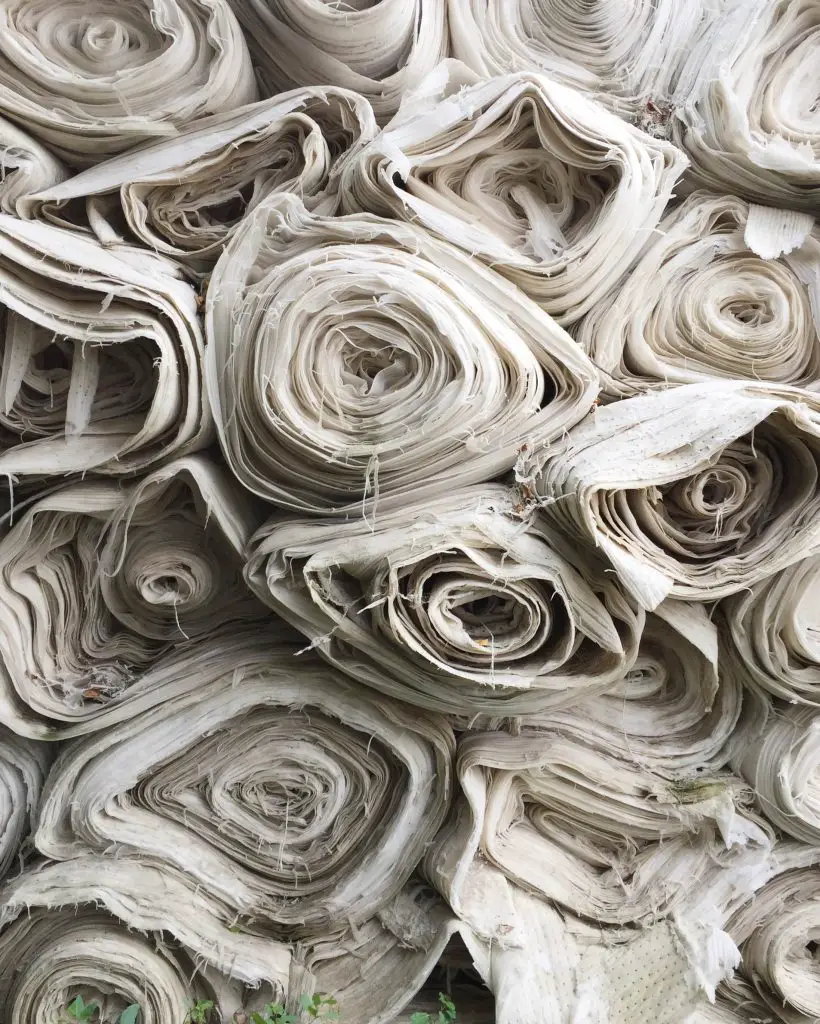
Sourcing the raw materials is another challenge faced by the manufacturers. Since there has been not any organized mechanism to process the recyclable plastic into usable raw materials. There are some unique materials used, such as;
- Organic cotton
- Avoid traditionally farmed cotton instead of organic cotton. There are no synthetic chemicals or fertilizers used.
- Cool, soft, and comfortable to wear.
- Durability is high.
- Organic wool
- The wool is certified by the Responsible Wool Standard, ZQ Merino Standard, or The Soil Association Organic Standard.
- Dirt and flame-resistant.
- This material acts as an insulator.
- This is stronger when dry.
- It absorbs 30% of its weight in moisture without feeling damp.
- Hemp
- This is a far better option for conventional cotton (Non-Organic).
- This is woven of fibers from the stems of the Cannabis Sativa Plant.
- This can be easily dyed.
- This material can absorb and release perspiration quickly.
- UV resistant material.
- Linen
- This material is woven from the stems of Flex.
- Lightweight.
- This material also can absorb and release perspiration quickly.
- Similar to Hemp in feel and appearance.
- Organic silk
- Made from the most potent natural fiber.
- It can be easily dyed.
- This material retains shape and drapes well.
- Versatile, soft, and Comfortable fabric.
- Soy
- Produced using Soy Protein derived from soybeans.
- Fabric breathability is high.
- Heat retention abilities are low.
- This material has an excellent drape, and it is highly elastic.
But the silver line of the dark cloud is it opens up a new business venture for entrepreneurs. Storage capacities will be needed to be modified shortly since the space taken by recyclable materials is larger than the traditional raw materials. Assembling the machinery is also a challenge faced by the manufacturers again.
Advantages and Disadvantages
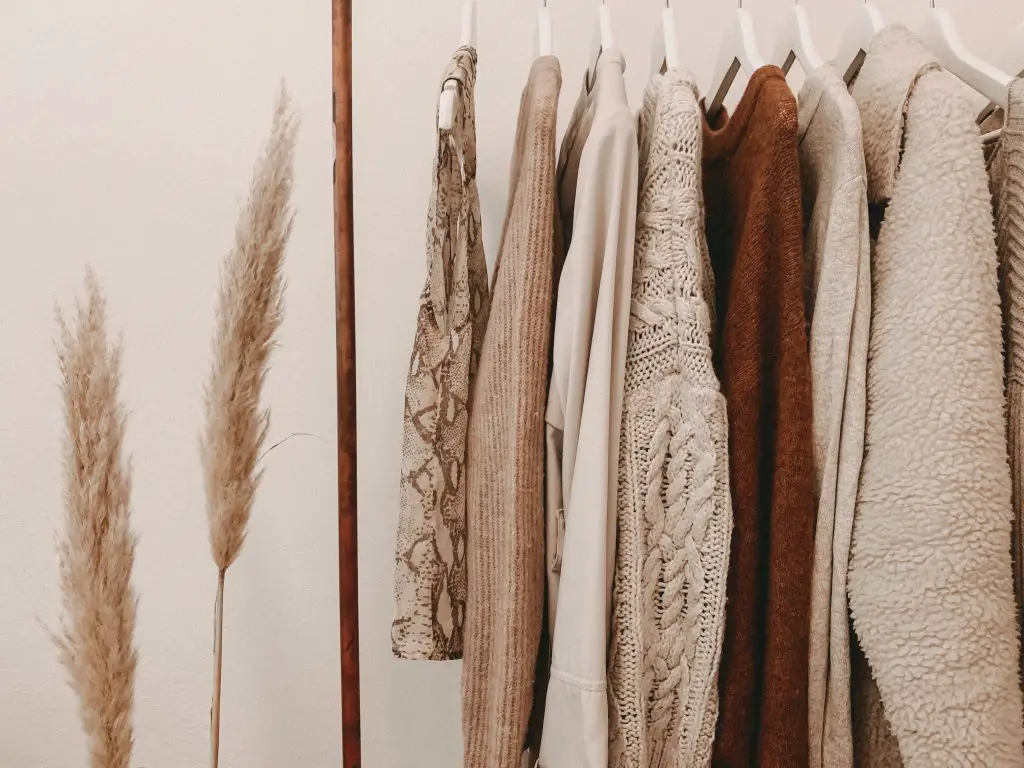
Despite all the other factors, there are so many advantages, such as workers having healthy working conditions in production, dresses being durable and comfortable to wear, and they are totally resource-saving and environmentally friendly products. Also, there is no exploitation in the production chain. It won’t harm consumer health too. There are a lot of reasons to choose Sustainable teen fashion, such as,
- Reduce waste.
- Save water.
- Reduce exposure to toxic chemicals.
- Support animal welfare.
- Lower the carbon footprint etc.
Meanwhile, there are drawbacks such as retail prices being at the luxurious end, having strange looks, and not being available everywhere.
The consumer should consider the following factors when purchasing sustainable teen fashion.
- Look for traceability.
- Do some research.
- Shop for quality.
- Care for your clothes.
Techniques and Methods
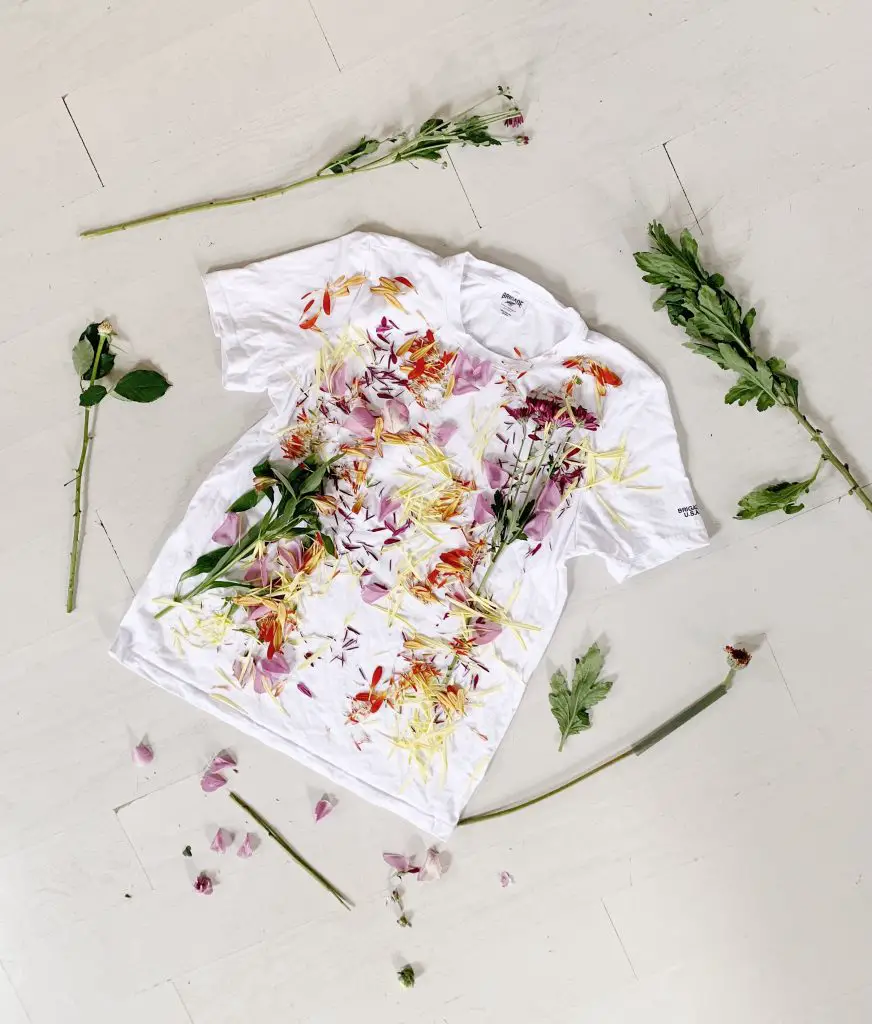
The manufacturers can use 3D virtual sampling, Virtual dressing, Alternative textiles, Automation on demand, mobile body scanning, and many other techniques.
Wrap up
All in all, like it or not, this will be the future of the fashion industry. Alternative materials, circular business models, efficient recycling, etc., will be commonly seen soon. The evolution of environmentally friendly behaviors will be forcing more changes.
Do you want to see about Sustainable Fashion brands in LA? https://nextfashionera.com/a-perfect-guide-to-sustainable-fashion-brands-in-los-angeles/

